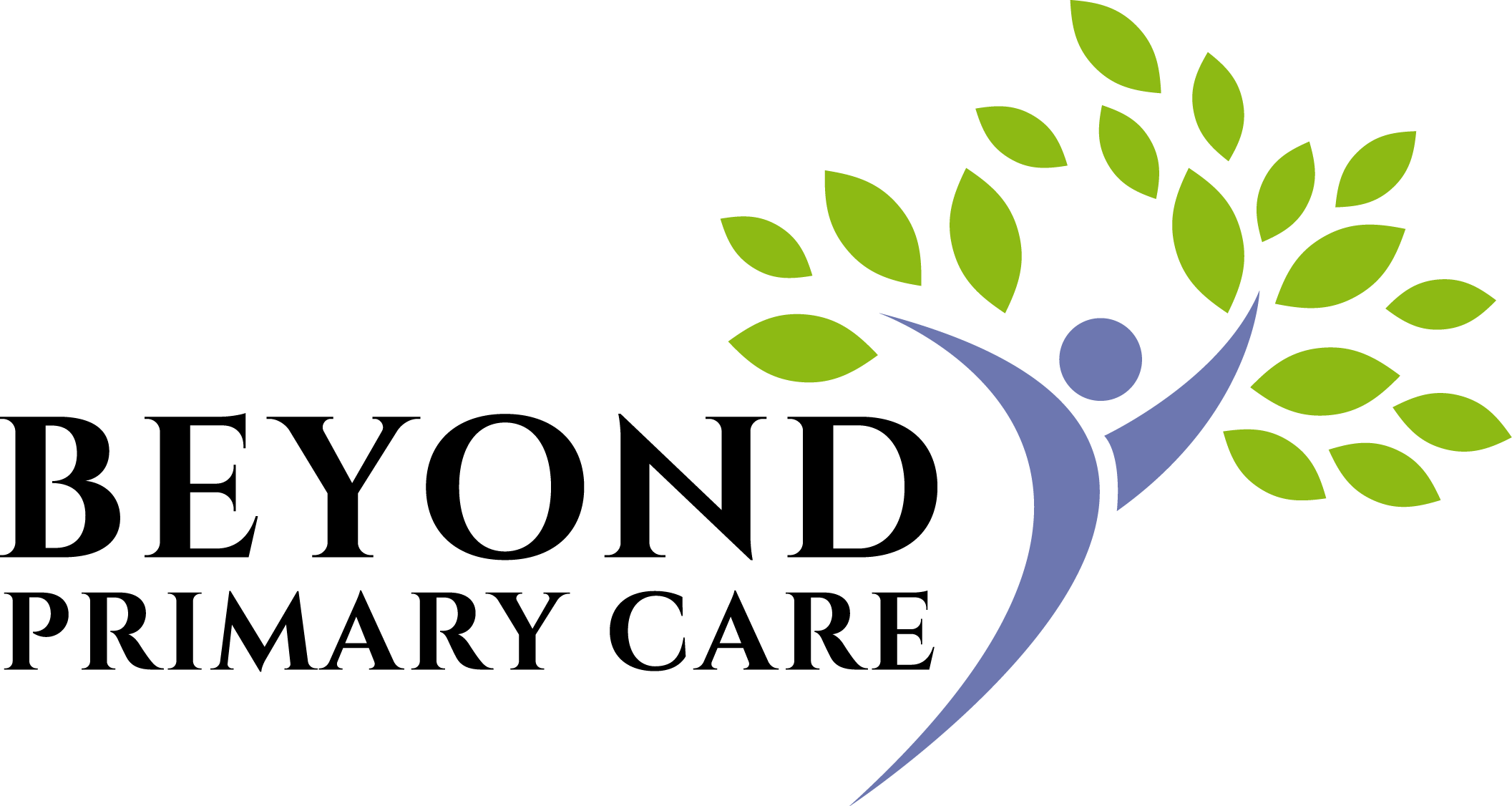A Better Plan- DPC with Health Insurance, Part 1
If you are in the process of open-enrollment, consider a better plan- Direct Primary Care (DPC) with Health Insurance. I often get the question, “How does direct primary care work with health insurance?” This post is the first of a two-part blog post where I detail how anyone, regardless of their coverage of insurance our level of income would potentially stand to benefit from direct primary care (DPC) services. Check my blog post regularly for the second part (and other cool things too… like the recipe for a Dorito Taco Salad, because why not?!).
Figure out your Monthly Costs: Known as a PremiumPremiums are what you pay on a monthly basis to be insured. Premiums vary on the type of plan you choose. As example, you’ve done your homework and picked a health plan that costs $150 per month. You are paying $1,800 for essentially an insurance retainer, a cost to keep your insurance active. You’ll need to pay your premium on time every month.
Direct Primary Care has most membership fees are between $50-$100. The pricing for membership fees at my clinic, Beyond Primary Care, can be found here. This gets you full access to your doctor, regardless how many times you need to be seen. You could pay around $600 a year. The cost of a DPC membership is often significantly less than just the cost of having the insurance, let alone using it.
Reaching your DeductibleDeductibles are what you have to pay out of pocket before your health care plan kicks in. You may also have different annual deductibles for different types of care (as example: hospital care, laboratory tests, medications, etc). As example, you pick a plan with a $1,000 deductible meaning you are on the hook for all medical bills up to that amount before insurance kicks in.
Direct Primary Care provides you with with primary care services without government or insurance involvement. Your membership to a DPC practice does not influence your deductible. As example, you see your DPC doctor because of a mysterious symptoms. That visit was covered by your membership. When a person goes to a traditional fee-for-service practice, they won’t know the cost of care upfront, and labs and medications are potentially much more expensive than we offer. The predictability and transparency of cost is what makes DPC appealing.
Understanding the Relationships between Premiums and DeductiblesIf you are healthy, you may want to dish out as little money as possible on the monthly premiums (to keep more in your own pocket), but still have coverage in case of an accident, sudden illness, or life change. Be aware, the less you pay for that monthly premium, the higher your annual deductible. Some folks may want a low deductible, but your premium will be thousands of dollars a year.
Direct Primary Care offers these healthier people improved access to care. Just because you are assigned a doctor by your insurance doesn’t actually mean you get to see your doctor, let alone in a timely fashion. DPC does not charge more for complicated patients, or management of difficult or chronic medical conditions that require more frequent trips to see the doctor.
Co-InsuranceThis is a fixed percentage of your medical bill you share with your insurance company once you have reached your deductible. As example, you have a 80/20 plan. This means if you have a doctor visit after you reached your deductible, and their fee is $150, you are on the hook for $30 while your insurance covers the rest. You still have your copayment though.
Out-of-Pocket MaximumThis feature is just as important as premiums and deductibles, and is a term for the total amount your insurance plan will require you to spend on medical care in a single year. If you reach this amount, your health insurance will cover the rest of your care. Note, you may have reached your deductible, but are below your out-of-pocket maximum, you will still be required to pay some of your health care costs.
Seeking Transparency in Health Care CostsNo wonder health insurance is so frustrating and confusing for most people. Using automobile insurance as a parallel, health insurance has done the equivalent of paying for gas, oil changes, windshield wipers, and other car repairs in addition to covering collision and liability. Using insurance would allow these things to have artificially set prices which are unreasonably high (since it’s covered by insurance). The cost of your routine maintenance would go up, and insurance could dictate what shop or gas station you could go to for service. But in reality, consumers are already motivated to do those things and will pay out of pocket to maintain their car so as to avoid needing to use their auto insurance at all.
Health insurance is suppose to be a hedge against financial disaster, but people are seemingly are using insurance to cover every ache, pain, anxiety, and pill resulting in artificially inflated prices. How can a outpatient clinic charge $600 for 1-hr procedure? Or $90 for a generic medication? Because unlike bananas, Americans and most doctors have NO idea what an one hour procedure or generic medication should cost- and ultimately how much they will be on the hook for- until they decide to get it done. For better or worse, this has created a demand for transparency among individuals. Direct Primary Care can help fill that void. Check back soon for part 2 of this blog post.
